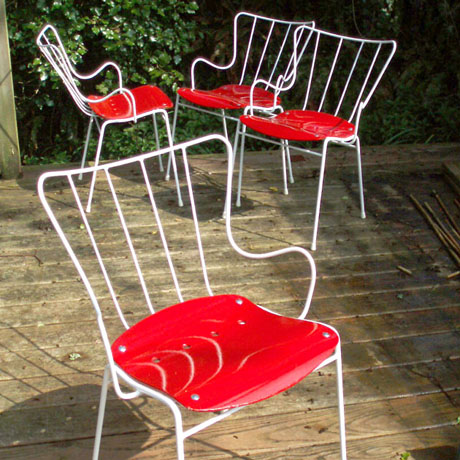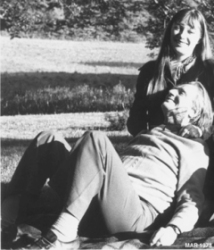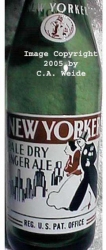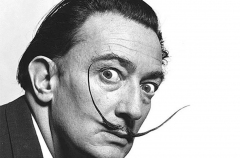
Ernest Race (1913-1964) is acknowledged as the most original and influential 20th century British furniture designer, manufacturer, and retailer. A leading figure in the Contemporary movement, Race and his fellows were more interested in the user's needs than in austerity, more organic and playful than rational and mechanical. While rigourously emphasizing new materials and function, many of these designs seem to reflect a post-war exuberance. Race initially studied at London University's Bartlett School of Architecture (1933-35) but on his return from visiting India he opened Race Fabrics to produce and sell his own designs.Finding work in the aircraft industry during WW2, Race learned about new materials and technology, including the work of Charles & Ray Eames with molded plywood. Following the war, he formed Race Furniture with Noel Jordan, a firm created to produce Race's own minimalist designs using scrap war materials such as aluminum. Bridging the space between then-popular Swedish Modern and typical English styles, Race Furniture's first great success was the BA Chair of 1946, a prize-winning form whose characteristically clean lines featured slim splayed legs and a lightweight, comfortable body meant for ease of use. The BA Chair famously starred in 1946 exhibition "Britain Can Make It" at the V&A Museum, and took a gold medal at the 1951 Milan Triennale. Race returned to Milan in 1954 to take a silver medal for his Antelope Chair. The Antelope and Springbok Chairs were created specifically for the Festival of Britain exhibition, where their ubiquity was such that they became known as symbols of that event. Other designs for RF include the Flamingo Lounge and the Sheppey Settee and Chair. In his last years, Race consulted on design for Cintique and at Isokon, where he closed out his design folio with the admirable Penguin Mark 2 Bookcase in 1963.




.png)